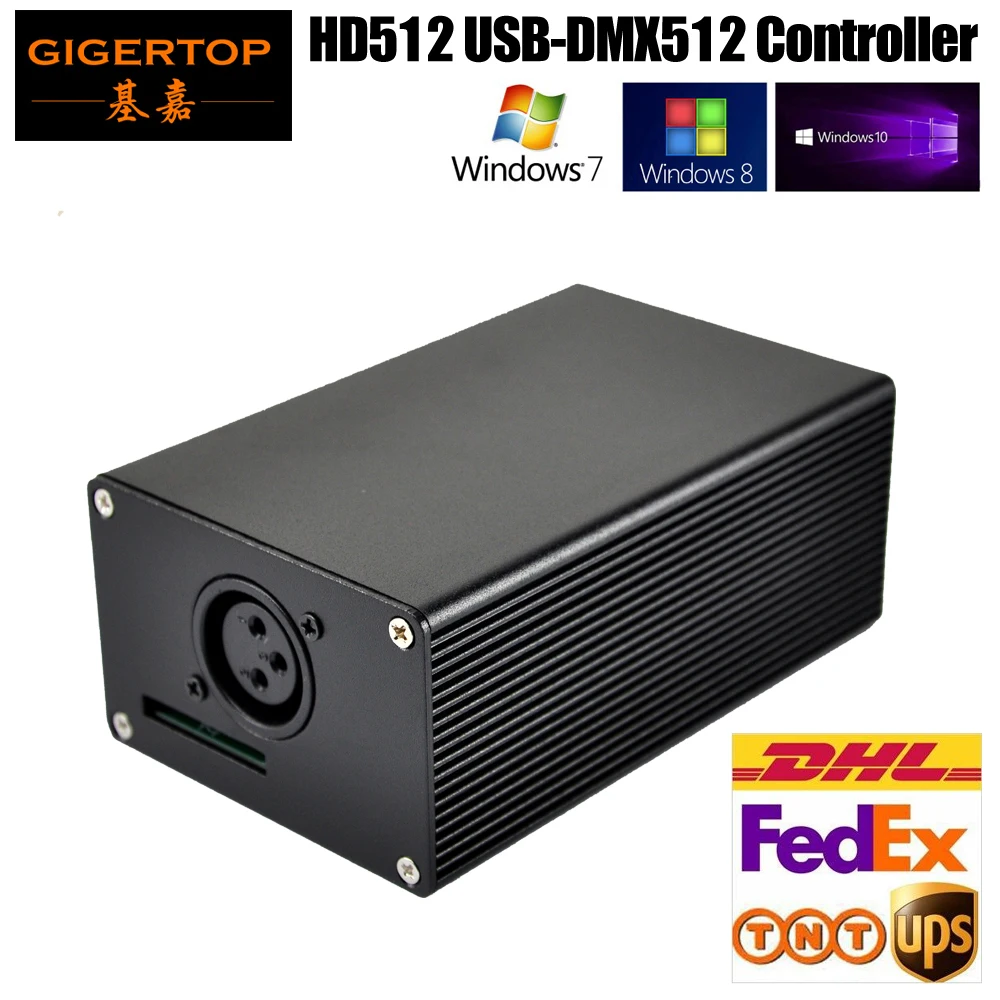
You should contact the supplier that you purchased your micro:bit from and ask them about their returns process. If you see the yellow system LED lit but no MICROBIT drive after the tests above, it is possible that your micro:bit has developed a fault. In this case, you will need to remove the old driver to allow Windows to automatically install it. If you have upgraded from a previous version of Windows to Windows 10 or already have the MBED driver installed, Windows may not detect the micro:bit. For more information please read Why doesn't my computer detect the micro:bit? Automatic scanning can prevent the micro:bit from mounting as a drive.

If it does not appear, then press the reset button on the back and wait another 20 seconds.Įnsure that any antivirus software or school device management policies you are using exclude the MICROBIT drive from being scanned automatically. Older computers can take a few seconds for the MICROBIT drive to register when you first plug the micro:bit into a new USB port, so wait for about 20 seconds to see if it appears in your file manager. Some Mac's (when they power down their USB port) require a restart for the USB port to recover, in this case, please try:Īlso, try your micro:bit in a different computer, just in case your computer has powered down its USB ports for some reason. This can happen if you short out your micro:bit when running from USB and plugging in electronic components. If the yellow LED does not light up, it is likely that either your USB lead has developed a fault, or your computer might have powered down the USB port. You will need to use a USB lead that transfers data for example a lead used for smartphones or a digital cameras. * Some USB leads are 'power only' leads (especially poor quality leads or those designed to charge mobile phones). On a Mac it appears as a new drive under Devices. On computers running Windows, MICROBIT appears as a drive under Devices and drives. It should appear as a MICROBIT drive and the yellow system LED on the back should light up. Plug the micro:bit into your computer with a * USB lead capable of transferring power and data.

If your micro:bit appears to have developed a fault, this article works through some potential problems and provides steps to try to bring the device back to life. Modified on: Mon, 26 Apr, 2021 at 8:02 AM Solution home Hardware (micro:bit device) micro:bit device Troubleshooting the BBC micro:bit


 0 kommentar(er)
0 kommentar(er)
